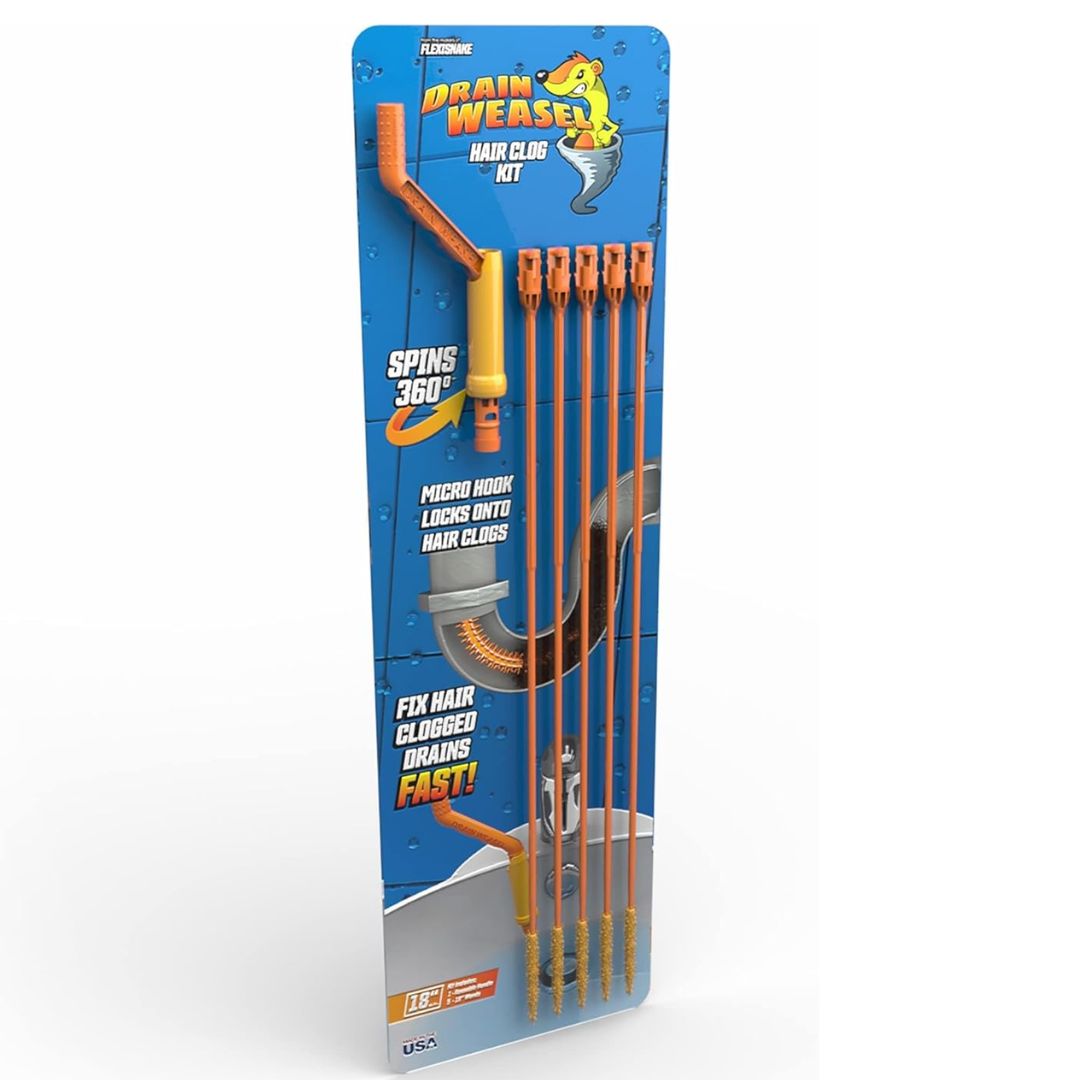Single vs double kitchen sink - this is how you decide which is right for your remodel, say designers
Trying to make the choice between a single or double sink for your kitchen project? Here's how designers make a decision


Should a kitchen have a single or a double sink? This is a question you'll probably be debating if you're remodeling a kitchen, But, in truth, there is no right or wrong answer. It depends on the size of your kitchen and your needs, so there's no one-size-fits-all answer.
So how do you decide what's best for a modern kitchen? We asked experts to break down how they decide which is better for any sort of space.
1. Cost

The cost isn't going to be the biggest determiner in this decision, but it's something worth considering. 'In terms of price, this depends on the material,' says Kasia Piorko, founder of kitchen designer brand Kate Feather. 'Generally, two bowls are more expensive than a single - but the price won't be doubled if you opt for two.'
Your kitchen sink's price is dependent on the sink’s brand and the finish. One of the most budget-friendly options is stainless steel, where a single sink could cost somewhere between $180 to $220 whereas a double sink the same size and material costs up to $300.
Keep in mind, the installation costs tend to add to the expense, as it’s more challenging to have two drain systems.
2. Convenience

'Sink arrangement is a personal choice but is often driven by the space available,' says Kasia. 'Generally, while planning a modern kitchen redesign, the most common arrangement is a 1.5 sink bowl, with the smaller bowl used for draining and rinsing. Many of our clients use a dishwasher for the majority of dishes and a single bowl is therefore sufficient. We would always recommend a size that fits oven trays.'
Double sinks were popular before dishwashers became a regular staple in homes. The first sink allowed people to soak dirty dishes, while the second was used for rinsing.
The Livingetc newsletters are your inside source for what’s shaping interiors now - and what’s next. Discover trend forecasts, smart style ideas, and curated shopping inspiration that brings design to life. Subscribe today and stay ahead of the curve.
3. Size

Usually in small kitchens, single sinks are the norm, however, their size seems to have become slightly bigger, to contain items such as larger dishes, pots, and pans. Single sinks are typically less complex and faster to install.
'Single sinks are more convenient to use,' says Donna DuFresne, founder of Donna DuFresne Interior Design. 'It makes meal prep and clean-up a breeze as there is no divider to hinder handling larger dishes. It is a more efficient and streamlined look.'
'I think one large sink is the way to go especially if you have a smaller kitchen,' says Lucie Ayres, founder and principal designer of 22 Interiors. 'The more space you have, the easier it is to do everything you need to do. If you do prefer two sinks, it would be better to have them in two completely different locations.'
'The biggest pro of having a single sink is that there is more worktop space and one big sink bowl fits bigger dishes and trays,' says Kasia. 'This is where double sinks fair lower, as these reduce countertop space and also the size of the cupboard beneath it may affect more usable storage space in the kitchen.'
4. Layout

It's often more convenient to have two sinks in a larger kitchen to improve the flow in the room. Instead of choosing a double bowl, you could even have two separate sinks – one by the hob, and the other on a kitchen island.
'A double sink is useful if more than one person uses the kitchen during cooking times,' says Kasia. 'Whenever possible, I suggest a double sink with two equal bowls. This means one of the bowls can be used as a draining area and keep the worksurface tidy. If the sink is positioned on an island, during parties or family gatherings one of the bowls can be filled with ice cubes and used to store drinks. The biggest pro of a double sink is more space for cleaning,' says Kasia.
3 products to clean and organize kitchen sinks

Aditi Sharma Maheshwari started her career at The Address (The Times of India), a tabloid on interiors and art. She wrote profiles of Indian artists, designers, and architects, and covered inspiring houses and commercial properties. After four years, she moved to ELLE DECOR as a senior features writer, where she contributed to the magazine and website, and also worked alongside the events team on India Design ID — the brand’s 10-day, annual design show. She wrote across topics: from designer interviews, and house tours, to new product launches, shopping pages, and reviews. After three years, she was hired as the senior editor at Houzz. The website content focused on practical advice on decorating the home and making design feel more approachable. She created fresh series on budget buys, design hacks, and DIYs, all backed with expert advice. Equipped with sizable knowledge of the industry and with a good network, she moved to Architectural Digest (Conde Nast) as the digital editor. The publication's focus was on high-end design, and her content highlighted A-listers, starchitects, and high-concept products, all customized for an audience that loves and invests in luxury. After a two-year stint, she moved to the UK and was hired at Livingetc as a design editor. She now freelances for a variety of interiors publications.


